If you’ve ever had the flu, you know how miserable it can make you feel. With symptoms like fever, upset stomach and exhaustion, the highly contagious virus can sideline us for up to two weeks. But have you ever wondered if we can give our furry friends the flu?
Although the human flu is not transferable to pets, dogs can get their own strain of the flu virus, also known as canine influenza. Learn more about this contagious respiratory disease in dogs, including the signs, prevention and treatment.
What Is Canine Influenza?
Canine influenza, or dog flu, is a highly contagious respiratory disease that affects dogs of all ages and breeds. In fact, it’s estimated that 80 percent of healthy dogs that come into contact with an infected dog will get canine influenza. Puppies, senior dogs and dogs with weakened immune systems are more susceptible to infection.
Note: There are two known strains of the virus: H3N2 and H3N8. While both are highly contagious, H3N2 can also infect cats and other pets.
How Does Dog Flu Spread?
Just like the human flu, canine influenza rapidly spreads in confined areas, such as dog shelters and boarding facilities. And since the disease is airborne, it can spread anywhere an infected dog is present, including places like the dog park, pet stores and doggy daycares. The dog flu virus can also live on surfaces and objects, including your own hands. Food and water bowls, toys and even bedding are common sources of infection.
Humans can’t catch canine influenza, but we can pass it from one dog to another through petting and grooming. That’s why it’s important to wash your hands after petting any dog – it’s not just for the sake of your own health, but also for the health of your canine companions.
What Are the Signs of Canine Influenza?
Dog flu shares many of the same symptoms as kennel cough (Bordetella), including coughing and wheezing; however, dog flu can be more serious, especially if not caught early. If you notice any of the symptoms listed below in your dog, it’s important to schedule an appointment with your local veterinarian right away. Not only can you help your pup feel better sooner, but you can also help prevent canine influenza from spreading.
- Coughing
- Sneezing
- Fever
- Loss of appetite
- Lethargy
- Nasal discharge
Preventing Canine Influenza
Although the canine influenza virus is highly contagious, there are a few things you can do to help minimize your dog’s risk of infection.
Avoid
Avoid infected dogs and places where there are known outbreaks. This will prevent your dog from being exposed to the virus in the first place.
Wash Hands
Wash your hands after petting every dog. Remember, dog flu can live on surfaces and objects, including your hands. Petting is an easy way to transmit the virus from one dog to another.
Disinfect
It’s also necessary to clean and disinfect food bowls, toys and bedding frequently. This is especially important if you live in a household with cats or multiple dogs. A recently identified strain of canine influenza – called H3N2 – can spread to cats and other pets.
Vaccines
Just like we get flu shots every year, there’s a dog flu vaccine (designed to help prevent the H3N8 strain of the virus) available for healthy dogs. Talk to your veterinarian about getting your puppy or dog vaccinated.
How to Treat Dog Flu
Visit Your Vet
Unfortunately, there is no quick test for dog flu. The best thing you can do is bring your dog into the vet as soon as you notice symptoms such as coughing, fever or vomiting. If your vet suspects your dog has canine influenza, he or she will treat your pup based on their symptoms. They might prescribe antibiotics for secondary bacterial infections (your dog’s immune system is compromised when fighting the flu, so they might be more likely to contract another illness at this time). In extreme cases, dogs might require hospitalization or IV therapy to treat dehydration.
At-home Care
Rest is one of the most important things our pets need when recovering from illness. Make sure your pup has a comfortable, quiet place to sleep. Also make sure they are getting enough water. Although your dog might not have much of an appetite, it’s critical your dog stays hydrated. Finally, carefully follow all instructions – including those for medications – from your vet.
Follow-up With Your Vet
If your dog’s symptoms don’t improve after a few days, bring them back to vet. Your pet’s doctor might prescribe additional medications to treat their symptoms, or run further tests for other medical conditions, such as pneumonia.
| Picture | Name | Price | Description |
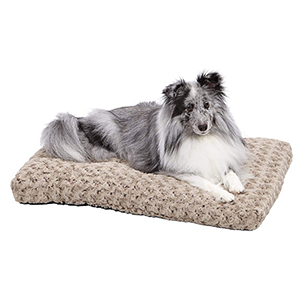 |
Super Plush Dog & Cat Beds Ideal for Dog Crates | $17.99 | More |
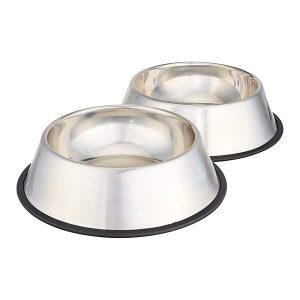 |
AmazonBasics Stainless Steel Dog Bowl | More | |
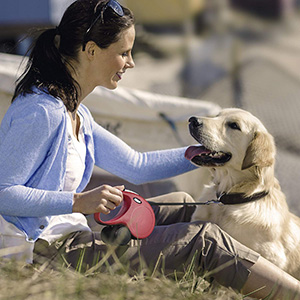 |
Flexi New Classic Retractable Dog Leash | $29.99 | More |
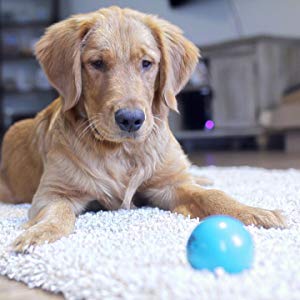 |
Talking Babble Ball Interactive Dog Toy | $6.99 | More |
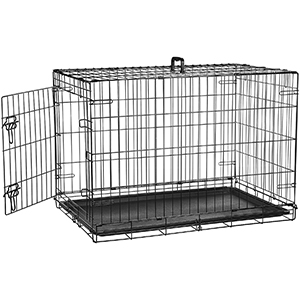 |
Single Door & Double Door Folding Metal Dog Crate | More | |
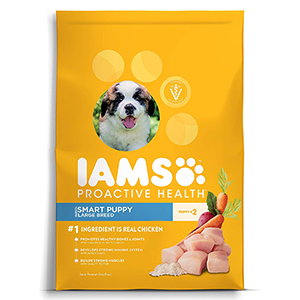 |
Iams Proactive Health Puppy Dry Dog Food – Chicken | $43.99 | More |
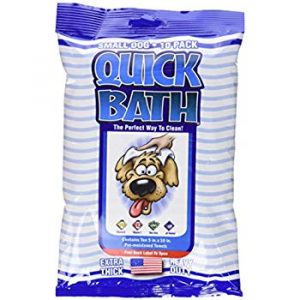 |
International Veterinary Sciences IVS Quick Bath Pet Wipes | More | |
 |
FURminator Dual Grooming Brush | More |































